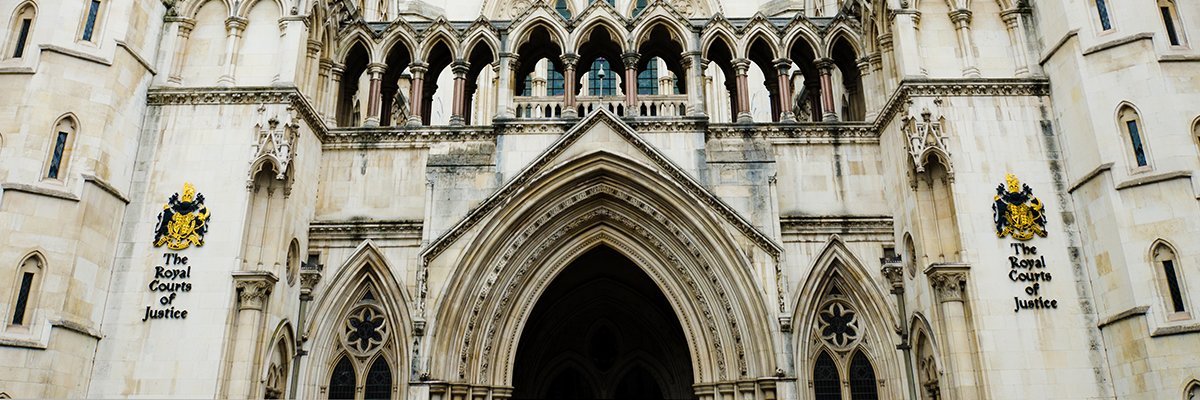In May Linkedin debuted Virtual Events to help smooth the transition to virtual events. Since then, more than 200,000 events have been hosted on the platform, reaching nearly 10 million digital attendees. Seven months of this “new normal,” however, there is still a lot to navigate and new questions and virtual surrounding hybrid and virtual events continue to surface.
To improve its Events options even further, LinkedIn solicited feedback about the offering and identified several key areas of improvement. More specifically, the company is introducing new discovery features, promotion options, and data capture processes.
Here’s a high-level overview of the updates and how you can bring them into your strategy for your next event.
Driving organic discovery
First off, LinkedIn is enhancing organic discovery through personalized recommendations in the “My Network” tab and weekly Event email digests. “So far, we’ve seen a +40% increase in event attendees from recommendations found in the ‘My Network’ tab,” the company shared.
Separately, when you post an event from your business Page, LinkedIn will automatically notify your followers who are most likely to attend based on various criteria, including their interests. In an age of information overload, hyper-targeted and relevant messages are critical to rise above the noise and earn attention. Ideally, these efforts will help reduce the clutter in this regard and limit potential spam.
Capturing leads
As part of the feedback, Linkedin also heard from businesses that they’d like more streamlined options for tracking attendees and gathering important data on those who have registered their interest in their event. In response, the platform is introducing registration forms for events where details including names and details can be captured.
A bonus? These lists are downloadable directly from your event page and used to send personalized notes including thank you emails. In addition, you can bring these into your CRM or share it with your sales teams to build your outreach lists over time.
Promoting and retargeting events
Per Linkedin, Page followers who are exposed to your organic content are 61 percent more likely to convert on your paid ad. What does this really mean in the grand scheme of your strategy planning? Successful promotion involves a mixed media strategy.
To help boost the reach of organic posts around events, the company is rolling out “Sponsored Content Single Image Ads.” Per LinkedIn’s Head of Product, Ajay Datta, these will be particularly effective in engaging executives, decision-makers, and other hard-to-reach audiences. In addition, when included with an Event URL, these ads can be a straightforward way to trace how it performs against new, specified metrics, such as the total number of registrants, as well as views and clicks on the ad that resulted in a registration. To continue the conversation with prior event registrants, simply create a custom target audience in Campaign Manager based on those who have RSVPed to any of your LinkedIn Events.
The growing usage of video connection
According to Linkedin, 60 percent of members want to use video meetings on LinkedIn for networking. This added layer of human connection while keeping a safe distance amid the current pandemic, is more important than ever and gives an opportunity for people to bring humanity to their conversations and practice digital empathy.
In this vein, LinkedIn announced the full roll-out of its new video meeting options within InMessage. The platform hinted at this update a few weeks back as part of its overall refresh including new colors and visuals. To initiate a video call with another person or group in a thread, click on the video meeting icon and select a provider including Blue Jeans or Zoom, to sign-in or register. LinkedIn isn’t stopping here, either. The company hinted that it is also working on advanced event analytics, a new Events Ad format, and attendee networking options slated for roll out soon.
Let’s face it — B2B events will likely never be the same but rather become a hybrid of the physical and digital. COVID-19 has taught us that we can use technology and re-think the various aspects of in-person events from ticketing and registration to presentations and networking and redesign them in meaningful ways to maximize impact for everyone involved.
Join 100,000+ fellow marketers who advance their skills and knowledge by subscribing to our weekly newsletter.













